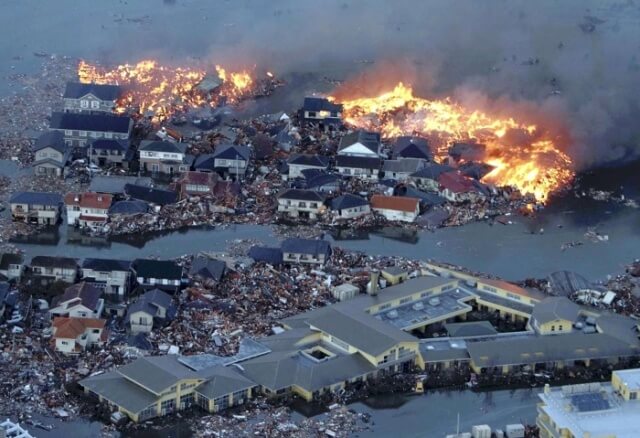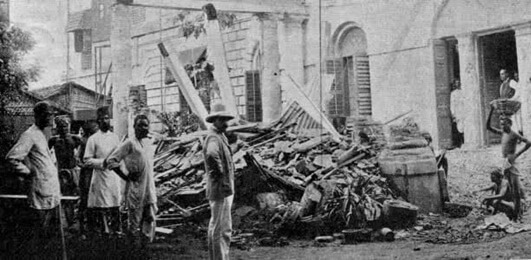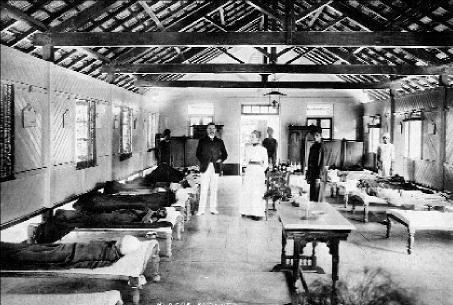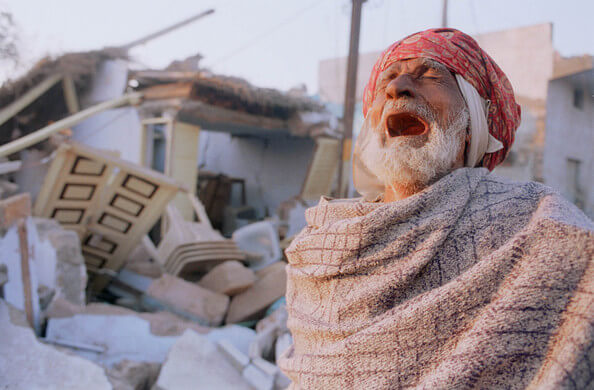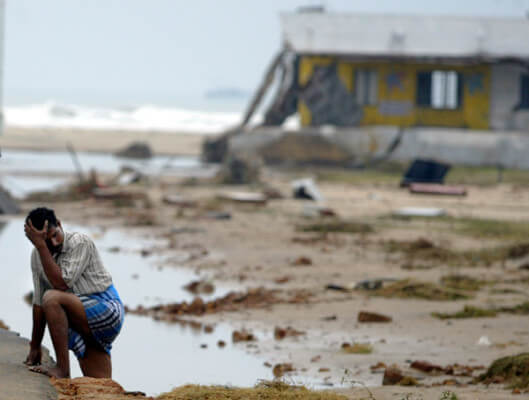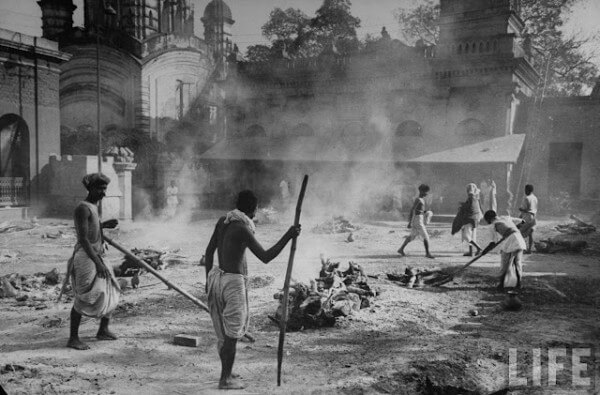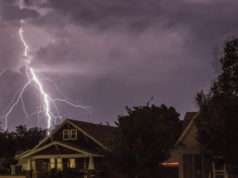From earthquake to floods, India suffered a lot from natural disasters. Few of them are nature’s debacle, but couple of them are due to human made also! Here we have listed top 5 major natural disasters in India. Check out the aftermath and how these were handled.
Top 5 Major Natural Disasters in India :
5. Coringa Cyclone (1839)
Coringa was a busy port city situated near the mouth of the Godavari River on the south-eastern coast of India. In 1789, a cyclone hit the coast, costing 20,000 life. The port city recovered again to its full function. On November 25, 1839, Coringa was slammed again a giant 12 m (40 ft) storm surge. 20,000 vessels were lostand 300,000 people were killed. Coringa today remains a simple village, it was never rebuilt again.
This is one of the major natural disasters in India which caused the third largest loss of life from any tropical cyclone worldwide, tied with Vietnam’s 1881 Haiphong typhoon (also causing 300,000 fatalities).
Henry Paddington, an official of the British East India Company, coined the term cyclone sometime around 1840 after looking at the destruction caused in 1789 and 1839 by a “swirling circle.
4. Third Plague Pandemic (2001)
Third plague pandemic was one of the most widely spread epidemic in the world. The bubonic plague began in Yunnan province of China in 1855. The plague came to India in 1894. Its symptoms were high fever often accompanied by delirium. Soon they had swollen glands and death occurred at the end of 48 hours from the onset of symptoms.
Nearly 35,000 deaths were confirmed while over 40,000 people were infected by it. It is theorized that the plague began to spread from a rodent population in the Himalayas between India and China in 1855, or came from Hong Kong and traveled to Bombay via ship. Despite the amount of people the plague was killing, many British doctors denied its presence in India, most likely because it would be bad for trade.
The introduction of steam power allowed rapid spread of this natural disaster in India. In fact, the railway system in India and steamships helped the epidemic to spread so fast.
3. Gujarat Earthquake (2001)
26 January 2001, when India was celebrating its 52nd Republic Day, the western part of the country faced one of the worst earthquakes in history.
At least 20,000 people killed, 166,800 injured, approximately 339,000 buildings destroyed and 783,000 damaged in the Bhuj-Ahmadabad-Rajkot area and other parts of Gujarat. Many bridges and roads damaged in Gujarat. Also felt in Pakistan, Bangladesh and western Nepal.
Twenty one out of 25 districts in the state were totally destroyed and Kutch was the worst affected district, followed by Ahmedabad, Jamnagar, Rajkot and Surendranagar.
The earthquake occurred along an approximately east-west trending thrust fault at shallow depth. The stress that caused this earthquake is due to the Indian plate pushing northward into the Eurasian plate.
2. The Tsunami -Indian Ocean (2004)
The December 26, 2004 Indian Ocean tsunami was caused by an earthquake that is thought to have had the energy of 23,000 Hiroshima-type atomic bombs.
The epicenter of the 9.0 magnitude quake was located in the Indian Ocean near the west coast of Sumatra.
The violent movement of the Earth’s tectonic plates displaced an enormous amount of water, sending powerful shock waves in every direction which caused one of the worst natural calamities in India.
Within two hours of the earthquake, killer waves radiating from the epicenter slammed into the coastlines of Indian mainland. The waves completely leveled villages and devastated cities along the southeastern coast, resulting in over 9,000 deaths. The vast majority of the casualties came from the state of Tamil Nadu (8,000), although Kerala also lost an estimated 200 people.
1. The Great Bengal Famine (1770)
Drought, late monsoon, partial failure of crop was affected as massive famine, but the actual reason for this was ruthless economic agenda of East India Company. As lands came under company control, the land tax was typically raised from 10% to up to 50% of the value of the agricultural produce, and was raised even higher at the famine peek.
Winston Churchill casually diverted the supplies of medical aid and food that was being dispatched to the starving victims to the already well supplied soldiers of Europe. When entreated upon he said, “Famine or no famine, Indians will breed like rabbits.”
The massive famine which hit the pre-independence state of Bengal was one of the greatest natural disasters to have hit India ever. As many as 1 crore people died due to hunger, thirst and disease in this massive catastrophe, which extended from 1769-1773.
This major natural disaster in India is actually the worst genocide ever.The population in Bengal was reduced to 30 million with death of one-third of its population.

